Affiliate Disclaimer
Some links in this article are affiliate links. We may earn a small commission if you make a purchase through these links, at no extra cost to you. We only recommend products we find useful to our readersSunlight’s warm embrace is often associated with happiness and energy, but it also hides a possible danger that could have long-term effects on the condition of our skin. As we enjoy the sun’s warmth, we must recognize how vital sun safety is in protecting us from the harmful effects of overexposure. This article highlights the significance of taking sun safety precautions to reduce risk of skin cancer and prevent skin damage.
The number of occurrences of skin cancer has increased recently, and a significant percentage of these cases can be directly linked to extended sun exposure and the dangerous ultraviolet (UV) radiation it produces. As a potentially preventable ailment, skin cancer has gained international attention, which has made us reassess our sun-related behaviors. We may enjoy the sun responsibly by realizing how serious the problem is and taking proactive steps to ensure that its warmth brings happiness without endangering the health of our skin.
Understanding Sun Exposure and Skin Cancer
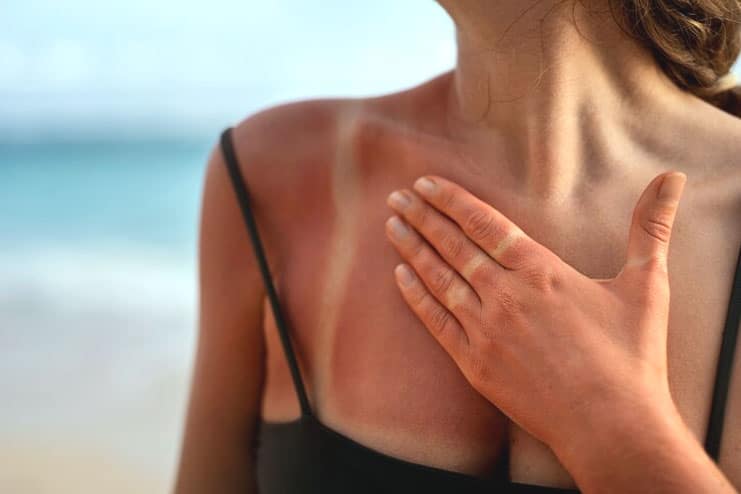

Even though sun exposure is necessary for the production of vitamin D and for maintaining overall health, it does come with a significant drawback: an increased risk of developing skin cancer. The destructive effects of ultraviolet (UV) rays on the DNA of our skin are the underlying cause of the complex link between overexposure to the sun and the development of skin cancer.
The three variations of ultraviolet (UV) rays that the sun emits are UVA, UVB, and UVC. Highly well-known for their capacity to enter the skin and induce cellular damage, ultraviolet A and ultraviolet B rays, which can reach the Earth’s surface, are extremely dangerous. If these rays come into contact with the DNA found in skin cells, they have the potential to cause mutations, which can set off a chain reaction that may ultimately result in the development of skin cancer.
Melanoma and basal cell carcinoma, and squamous cell carcinoma are the three principal kinds of skin cancer intimately connected with extended exposure to ultraviolet light. In most cases, abnormal growths on the skin are the apparent manifestation of basal cell carcinoma, the most frequent and least aggressive form of the disease. Even though squamous cell carcinoma is less common, it can still spread to other body parts if it is not treated. The most severe form of the disease, known as melanoma, originates from melanocytes, which are cells that produce pigment and have the potential to spread to other areas of the body rapidly.
The statistics emphasize the severity of the issue, further demonstrating the significance of taking preventative measures and raising awareness. Research has shown that a sizable proportion of instances of skin cancer are directly associated with exposure to the sun without protection, which makes it a significant contributor to the overall increase in the incidence of skin cancer around the world. It is estimated that over two million cases of skin cancer are diagnosed each year, making it one of the most prevalent forms of cancer worldwide.
Related Article: 5 Early Signs of Skin Cancer
Sun Safety Measures for UV Protection


Taking proper precautions against the sun is of the utmost importance if one wishes to have a healthy and bright complexion. By protecting our skin from damaging effects of ultraviolet (UV) rays, we not only avoid getting sunburned but also lessen the likelihood of experiencing long-term damage, which may include the development of skin cancer. This article provides a complete guide to essential sun safety precautions for efficient protection against ultraviolet radiation.
1. Applying Sunscreen with Broad-Spectrum Protection:
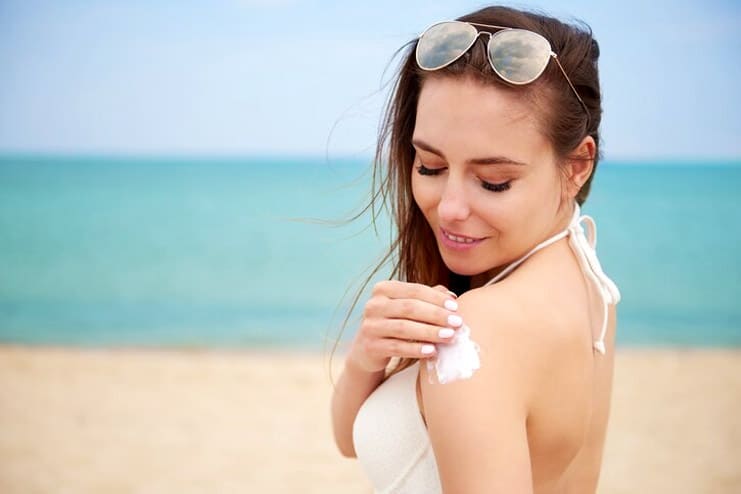

The most crucial aspect of sun protection is the frequent application of sunscreen that offers broad-spectrum protection. Invest in a sunscreen that protects against ultraviolet A and ultraviolet B rays. According to the Sun Protection Factor (SPF), the level of protection against ultraviolet B rays is indicated by the SPF, with higher SPF values giving protection for a more extended period. Apply substantial sunscreen to all exposed skin, focusing on neglected regions, such as the back of the neck and the ears. It is essential to reapply the sunscreen, particularly after swimming or sweating, to keep the protection at its highest level.
2. Wearing Protective Clothing:


When protecting oneself from ultraviolet (UV) rays, wearing protective clothing is an effective defense mechanism. Wearing hats with wide brims protects the face, neck, and ears from the sun’s damaging rays while wearing sunglasses that offer ultraviolet protection shields the eyes from the sun’s rays. Wearing lightweight, long-sleeved clothing adds another line of protection and reduces time spent in the sun. Look for materials with a tight weave to provide higher security.
3. Seeking shade During the Prime Sun Hours:
Because the sun’s strength is at its highest between the hours of ten in the morning and four in the afternoon, it is essential to seek shade during these times. To have less direct exposure to the sun’s most intense rays, scheduling activities outside during the early morning or late afternoon is best.
4. Applying sunscreen Correctly:
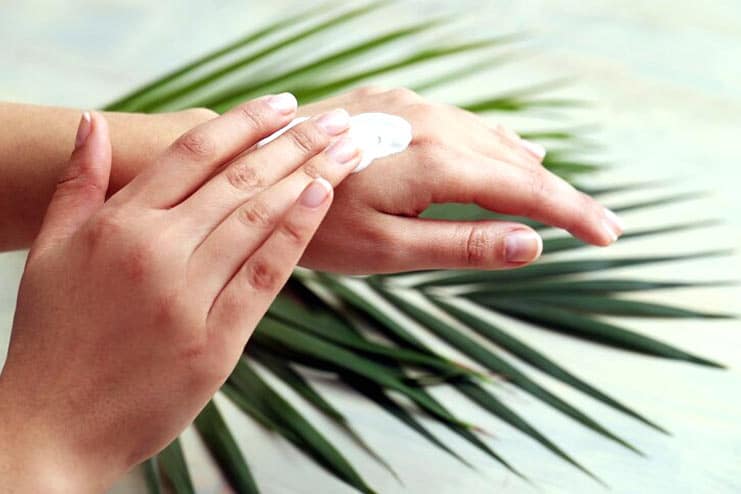

To get good protection, one must thoroughly understand the intricacies involved in applying sunscreen. Choose a sunscreen which has a sun protection factor (SPF) suitable for your skin type and the amount of time you want to spend in the sun. Lighter skin tones typically require higher SPF values. Apply sunscreen at least fifteen minutes before going out into the sun and reapply it every two hours or more frequently if you are swimming or sweating. Ensure you cover places often forgotten, such as the backs of your hands and the tops of your feet.
5. Additional Protective Measures for the Sun:
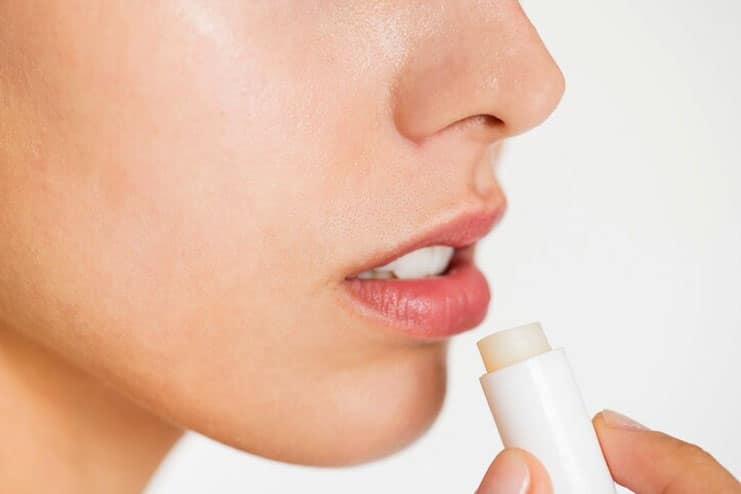

By avoiding tanning beds, you can reduce your risk of developing skin cancer since tanning beds release ultraviolet (UV) rays that are hazardous to the skin—Utilise sunless tanning alternatives to achieve a sun-kissed look more securely.
Lip balm with sun protection factor (SPF): The sensitive skin on the lips is likely to be damaged by the sun. Get a lip balm with a sun protection factor (SPF) to nourish and protect your lips.
Constantly Keeping an Eye Out for Changes: It is essential to perform routine skin checks to detect any moles that are not typical or any changes in the ones that are already present. The timely provision of medical attention and intervention is made possible with the early diagnosis of potential problems.
Tips for Safe Sun Exposure
The key to safe sun exposure is to get the most out of vitamin D while protecting our skin from any potential damage. This delicate balance must be achieved to achieve optimal results. Here are some essential pointers that will assist you in responsibly enjoying the sun while putting your skin’s health first.
1. Balancing Vitamin D Needs with Sun Safety:
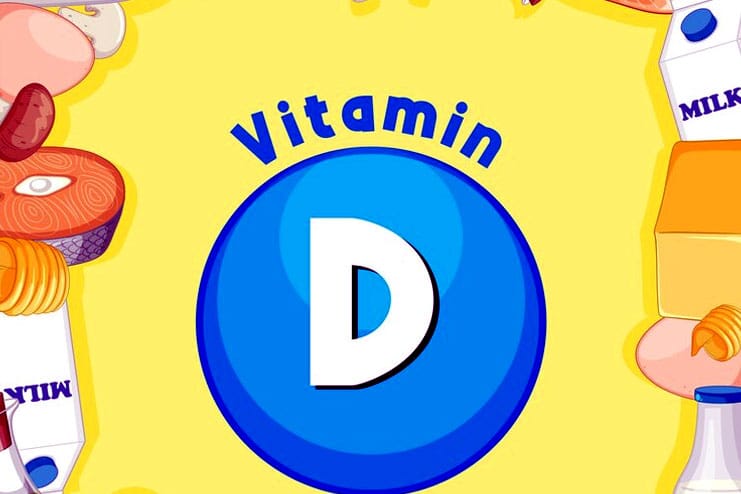

Sun exposure is a natural source of vitamin D, essential for bone health, immunological function, and overall well-being. However, balancing the need for vitamin D and maintaining sun safety is vital. Nevertheless, it is of the utmost importance to find a balance between having adequate vitamin D and protecting skin from harmful effects of ultraviolet light. When exposed to prolonged periods of bright sunshine, it is essential to consider other sources of vitamin D, such as dietary supplements or meals that are abundant in this vital component.
2. The Optimal Period of Sun Exposure:
The optimal period for safe sun exposure varies depending on the kind of skin, the geographical location, and the time of day to be exposed to the sun. It is generally accepted that exposing your skin to the sun for around ten to thirty minutes, two to three times each week, can contribute to production of sufficient amounts of vitamin D. To reduce the amount of ultraviolet light that you are exposed to, try to schedule your sessions for the early morning or late afternoon. People with lighter skin may require a shorter amount of time, while those with darker complexion may require a somewhat more extended amount of time.
3. Consult Dermatologists for Skin Checks:
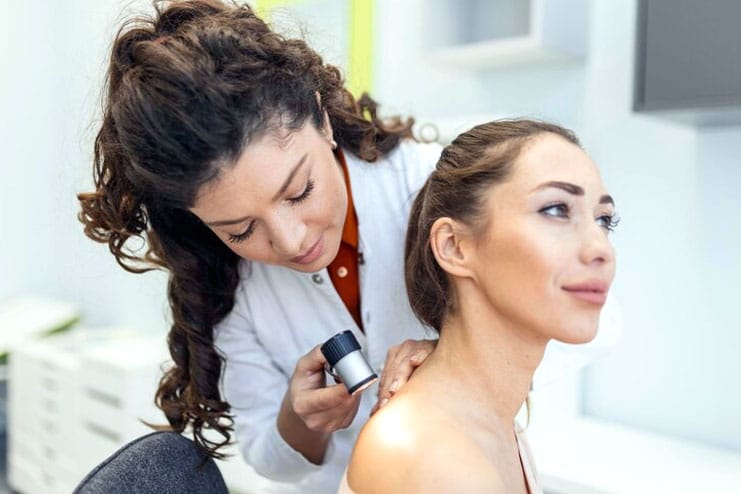

The importance of having regular skin checks performed by dermatologists must be balanced when maintaining healthy skin. To detect any problems early, professionals can evaluate moles, spots, and other changes in your skin. Obtaining the services of a dermatologist is the best way to ensure that you receive individualized guidance and quick treatments if you have concerns regarding sun exposure or observe any abnormalities on your skin.
4. Seeking Professional Advice Regarding Sun Exposure:
Because every person’s skin is different, it is essential to obtain professional advice to determine how to best adapt sun exposure recommendations to your requirements. Dermatologists can provide information on your skin type, sensitivity to sun damage, and the sun safety measures most personally appropriate for you. Your approach to sun exposure should align with your general health and well-being; consulting with a healthcare professional can help ensure this is the case.
Conclusion


Emphasize the need for sun protection precautions to avoid skin cancer and maintain skin health. Adopting the suggested strategies strengthens our barriers against UV radiation damage, guaranteeing a healthy-looking and robust skin tone. We must balance basking in the sun’s warmth and protecting our skin, incorporating sun safety into our everyday activities.
Take control of the health of your skin and encourage others to follow suit. Adopt the suggested sun protection precautions, and urge your friends and family to do the same. Distribute this article to raise awareness of the importance of protecting oneself from the sun’s rays to prevent skin cancer. Let’s work together to promote skin health and well-being in our communities by cultivating a culture of sun safety. By working together, we can significantly lower the incidence of skin cancer and guarantee that everyone will be able to enjoy the sun in the future.
Recommended Articles to Read
References
- https://www.cancerresearchuk.org/about-cancer/causes-of-cancer/sun-uv-and-cancer/how-does-the-sun-and-uv-cause-cancer
- https://www.skincancer.org/risk-factors/uv-radiation/
- https://www.cancer.org/cancer/risk-prevention/sun-and-uv/uv-radiation.html
- https://www.cdc.gov/cancer/skin/basic_info/sun-safety.htm
- https://www.ncbi.nlm.nih.gov/books/NBK587264/
- https://www.skincancer.org/skin-cancer-prevention/sun-protection/
- https://www.ncbi.nlm.nih.gov/pmc/articles/PMC10239563/
- https://www.mdpi.com/2072-6643/12/10/2994
- https://www.rupahealth.com/post/integrative-approaches-to-sun-protection-thinking-beyond-sunscreen































